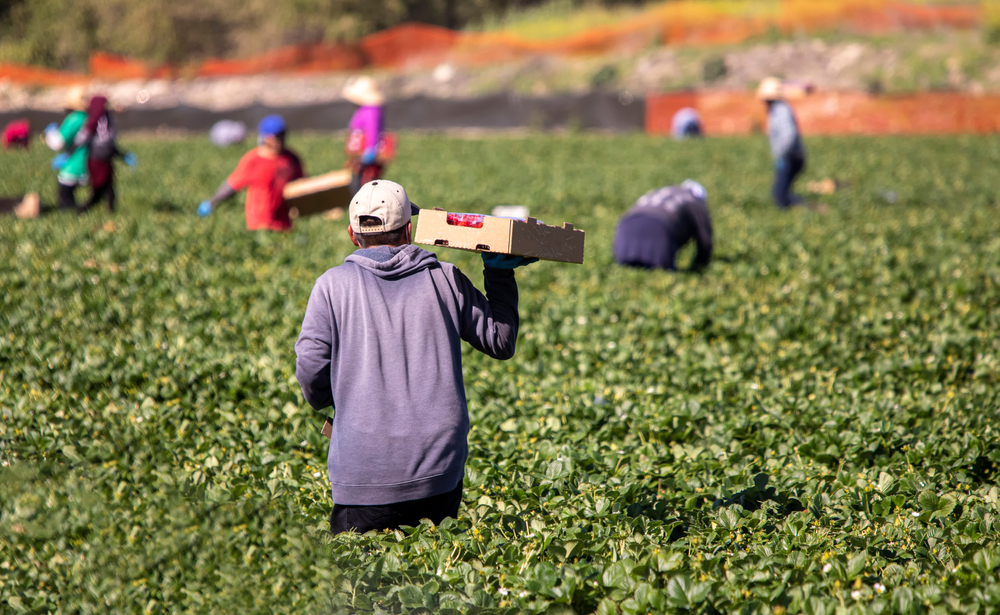A California lawmaker joined a group of worker safety advocates at a press conference Wednesday to call for the federal government to issue an emergency temporary heat safety standard.
“Our workers need help now,” said U.S. Rep. Judy Chu (D-Calif.). “We call on the Department of Labor to act swiftly to add protections for workers who work in non-climate controlled environments.”
The group cited new research that found that 20,000 workplace injuries per year in California can be attributed to high temperatures, including injuries like falling from heights, being struck by a moving vehicle, or mishandling dangerous machinery, said Juley Fulcher, worker health and safety advocate for Public Citizen. This extrapolates to close to 170,000 heat-related injuries in the U.S. annually, as opposed to the 4,000 reported by the Bureau of Labor Statistics, she added.
Earlier this year, Chu sponsored the Asuncion Valdivia Heat Illness and Fatality Prevention Act of 2021 in the House of Representatives; a companion bill was introduced in the Senate. The act would direct the Occupational Safety and Health Administration (OSHA) to issue a heat safety standard. Fulcher noted that on average, it takes eight years for OSHA to finalize a standard, thus the need for an emergency standard that could be in place by the spring or summer of 2022.
“There is a lot of support from my colleagues for such standards,” said Chu. She also noted that Labor Secretary Marty Walsh has voiced support for a heat standard.
The emergency rule would require businesses to provide paid breaks, opportunities to rest in shady areas, and cool water for workers. Cal/OSHA enacted a similar rule, and Oregon, Washington, and Minnesota issued emergency rules this summer.
Public Citizen President Robert Weissman said the group first petitioned for a heat stress standard in 2010 and then again in 2018. “The evidence has been available on the need and efficacy for a heat standard for half a century,” he said. “We don’t need the agency to investigate a problem that has been around for 50 years. We need action now.”
Weissman noted that the people primarily affected by heat illness are blue-collar workers. “If they had more power, they wouldn’t be subjected to this,” he said. “The problem is going to grow progressively worse in the coming months and decades. There is no reason to wait.”
The frequency and intensity of extreme heat is only going to continue, said Kristy Dahl, senior climate scientist with the Union of Concerned Scientists. “If emissions continue to grow, within the next 30 to 40 years we can expect to see the number of dangerously hot days for workers double,” she added.
Agricultural workers are particularly at risk, said Bruce Goldstein, president of advocacy group Farm Worker Justice. “Farm workers work long hours at fast paces in difficult temperatures,” he said.
“Too many employers are failing to provide basic protections for heat stress,” added Goldstein. “Heat stress causes death, causes long-term damage to kidneys.” Many of these workers don’t have health insurance, he noted.
“Farm workers are 20 times more likely to die from heat stress than any other industry,” Goldstein said. In addition, “a lot of these farm workers are undocumented immigrants and are afraid to ask for safety protections.”

